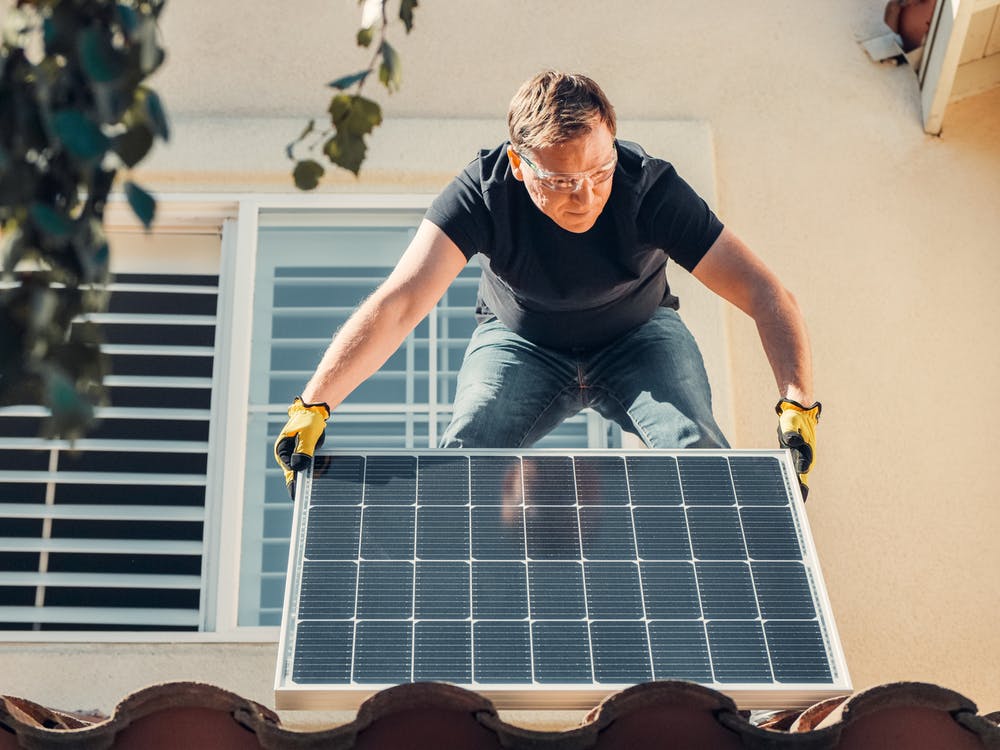If you’re looking to transition to solar renewable, you may wonder exactly how many panels or solar wattage you need for your home. Solar panels used today have a power rating that should help your calculations, so read on to find out more about it.
The first order of business to ensure a successful installation is to find out how many watts of solar your house or business needs.
The Number of Solar Panels You Need
Some of the reasons you may want to have solar panels installed are to minimize carbon footprint, save on energy costs, and maximize return on investment. Still, reaching these goals requires knowing how many watts or panels your house needs. Here are some factors to help you determine that figure:
- Average energy requirements
- Energy usage in watts
- How much sunlight an area gets
- The area’s climate
- Quality of solar panels
- Size of solar panels
If you find going over these elements is too much trouble, you may choose to work with a professional solar installer early on who can provide a solar assessment.
How Much Power Will Your Home Need?
Past utility bills should provide a clear picture of the solar system’s amount of power to offset. You can calculate this amount by multiplying your home’s hourly energy usage by your area’s peak hours of sunlight and dividing the answer by the panel’s wattage. Make sure to use low and high wattage examples to establish the range. Roof size and design and the amount of sunlight the roof also gets factors into the equation. You can also save money from having high ceilings in addition to the savings that you can get from solar energy through the Velux tax credit or direct kilowatt savings.
Working with an experienced solar installer should make the process considerably more manageable. You won’t have to do these calculations yourself, and there should be a good panel number and solar wattage estimate from the get-go.
These professionals can estimate the size of the system your home needs, the monthly savings you stand to get and offer a clear picture of how these panels would appear on your roof. They have advanced interactive tools for this and should, therefore, be able to arrive at these figures quickly and accurately.
The Amount of Watts You Currently Use
Your average monthly usage should appear on your bill, so take a good look. It should fall under the “kWh used” section or something along those lines. Also, take note of the length of time represented, which is usually 30 days. If there is no indication of this on the bill, the beginning and ending meter readings should provide you with the value. Just subtract the previous reading from the current one.
Should you require daily and hourly usage values, there should be calculations to arrive at those. A bill won’t typically show the daily average, but you can arrive at that by dividing the monthly and yearly average by 30 or 365 days, respectively. You then divide the daily by 24 to get the hourly average. The answer should be in kW, which determines how much power is used at any given time multiplied by the sum of the time power is used.
In a month, a tiny home located in a temperate region may use up somewhere around 200 kWh monthly. On the other hand, a larger home down south where most residents use air conditioners could very quickly consume 2,000 kWh on average or more. That translates to 30 kWh daily or 1.25 kWh hourly.
The average daily energy usage should be your target for calculating solar needs. This would be the number of kWh a solar power system needs to produce to cover most of your energy needs.
Another thing to expect about solar systems is that they don’t offer round-the-clock efficiency. These systems are weather-dependent, and rainy and cloudy weather can take away their efficacy. Thus, there should be at least a 25 percent allowance to the target daily average so that you may generate clean energy at all times.
Sunlight Expectations
Peak hours of sunlight will significantly influence the amount of solar power you can expect the system to produce. For instance, if you live in California, you can expect more sunlight hours than if you lived somewhere on the upper east coast. Of course, that doesn’t mean you can’t go solar if you live in the latter. That does, however, mean that you would need more wattage or panels to have efficient solar there.
Hourly Average to Watts
To find out exactly how many watts your house needs, multiply the average hourly usage by a thousand, then divide the answer by the peak sunlight hours in your specific area. The answer would show the energy the panels need to produce hourly. If we were to take the US average of 900 kWh monthly in a location that acquired five peak hours of sunlight, that would mean 6,000 watts of solar is needed to power a house in that area.

